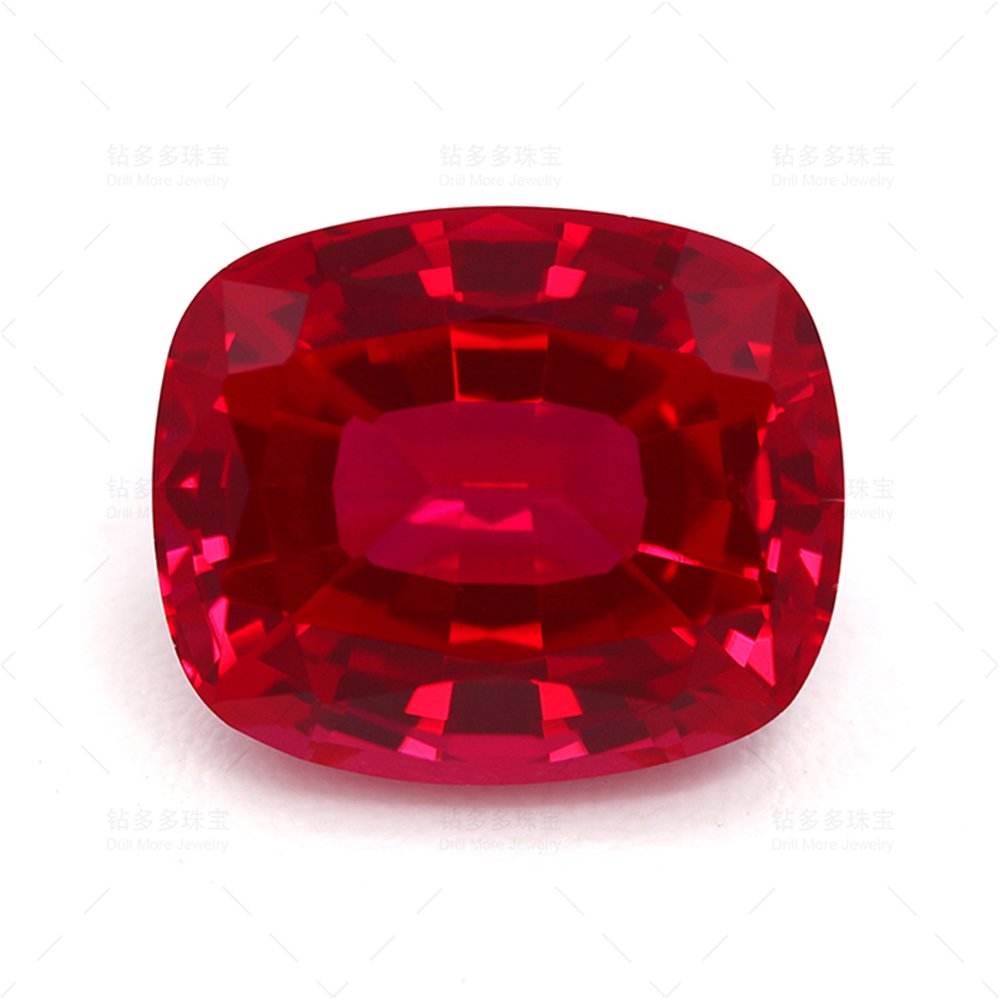News
Lab-grown ruby trivia

1. The century-old history of flame fusion
The classic method of growing rubies is the flame fusion method (also known as the Verneuil method), invented by French chemist Auguste Verneuil in 1891. This method involves mixing aluminum oxide powder with a small amount of chromium (a coloring element) and crystallizing it under high temperature (about 2000°C) and high pressure to form crystals with exactly the same chemical composition as natural rubies. This technology is still one of the main processes for synthetic gemstones.
2. "Natural growth" in the lab
Cultivated rubies are not simply “fakes”, but accelerate crystal growth by simulating extreme environments in nature (high temperature, high pressure or hydrothermal conditions). For example, the **hydrothermal method** slowly crystallizes by placing seed crystals in a mineral-rich solution in a sealed container, which takes weeks to months, and eventually forms gems that are almost indistinguishable from natural rubies with the naked eye.
3. The price is only 1/100 of natural gemstones
The physical properties and chemical composition of cultured rubies are the same as those of natural ones, but the cost is extremely low. For example, a 1-carat natural ruby costs tens of thousands of yuan, while a cultured ruby only costs a few hundred yuan, and it does not need to be mined, making it more environmentally friendly. Some merchants even design it as a low-end substitute for high-end jewelry, and its appearance is difficult to distinguish from natural products.
4. Industrial use long precedes the jewelry market
As early as the beginning of the 20th century, cultured rubies were used in industrial fields, such as watch bearings, laser generators, precision instruments, etc., because of their high hardness (Mohs hardness 9) and stable chemical properties. It was not until recent years, with the advancement of technology and changes in consumer concepts, that they gradually entered the jewelry market.
5."Black Technology" Identification Method
Although difficult to tell with the naked eye, inclusion features can be used in laboratories to distinguish natural from cultured rubies. For example:
– Natural rubies often contain natural mineral inclusions (such as rutile needles);
– Flame-fusion cultures may show arcuate growth lines or tiny bubbles.
Ordinary consumers need to rely on certificates from authoritative organizations (such as GIA) for identification.
6.The wonderful relationship between "Moissanite" and ruby
The promotion of cultured rubies is similar to that of moissanite (synthetic silicon carbide), both of which are achieved through laboratory technology to achieve “gem freedom.” Moissanite is popular because of its stronger fire than diamonds, while rubies have become a new favorite with their classic red color and low entry price.
These little-known facts reveal the multidimensional aspects of cultured rubies in terms of technology, market and ethics. They are both a subversion of the traditional jewelry industry and a microcosm of modern materials science.

